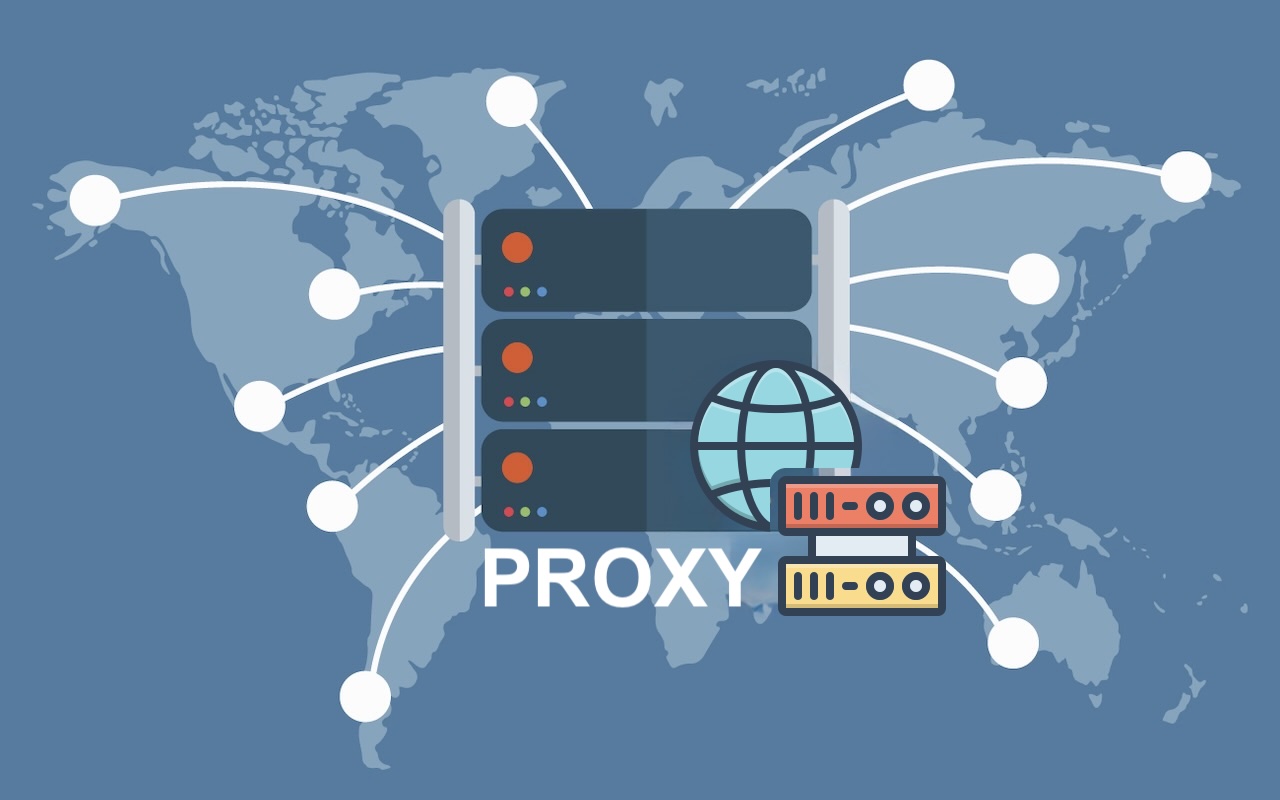
You’ve been there before. You launch your scraper, your automation workflow, or a simple account manager—everything runs smoothly for a few minutes… until the wall hits.

You’ve been there before. You launch your scraper, your automation workflow, or a simple account manager—everything runs smoothly for a few minutes… until the wall hits.

Most online teams eventually run into the same roadblock: the test passes in the lab, but the experience breaks in the wild. Pages behave differently on mobile networks, app flows change by region, and protective systems flag routine checks as suspicious. That’s why many organizations explore providers to buy mobile proxy services as part of a responsible, research-focused toolkit—keeping control of their work while gaining access to real mobile IPs that reflect how people actually connect.

Proxies are no longer just tools for tech enthusiasts. They are now used by digital marketers, SEO professionals, gamers, e-commerce entrepreneurs, and even small businesses that need secure browsing and account management. The only challenge is that proxy subscriptions can become expensive if you are not careful. Smart shoppers know that using trusted deal sites can cut those costs dramatically.

Everyone loves to overcomplicate PDF scraping. Ask around, and you’ll hear the same story: you need expensive enterprise software, specialized parsing libraries, or even a degree in document engineering. The truth? None of that is necessary. In the last year alone, I’ve scraped over 100,000 PDFs—ranging from research papers and government reports to corporate filings—without breaking the bank or losing my sanity. What I discovered is that most developers are wasting time on clunky workflows, overpriced tools, and assumptions that simply aren’t true. PDF scraping isn’t rocket science—it’s about understanding how to access data reliably and extract it efficiently. This article breaks down the myths, exposes the common mistakes, and shows you how to build a scalable scraping pipeline with just a few lines of Python and the right strategy.

I have devoted considerable time to investigating and experimenting with various proxy services to thoroughly grasp how residential proxies operate, particularly those offering city-level targeting. Initially, I concentrated on general country-based proxies, but I discovered that residential proxies with localized IPs provide unique advantages for those requiring genuine local access.

Are you often in need of extracting large amounts of data from authentic and useful websites? If so, you may already know the challenges that come with it. That’s why I’d like to share more information on web scraping with static residential proxies and how they can support more reliable access to data.

Web scraping or automation developers often face challenges such as IP bans and frequent CAPTCHA prompts. They frequently rely on VPNs and various proxy solutions to bypass geo-restrictions effectively.

The globe is progressively dependent on digital collaboration; IP geolocation has transformed as an important element of online schemes from detecting fraud and advertising optimization to content localization and operator knowledge customization. The idea is simple: use an IP address for identifying the geographic place of an operator. Nevertheless, the implementation is frequently far more complex.

When your work depends on accessing accurate, location-based content, such as testing how a site loads in New York versus Tokyo or monitoring how your ads appear across different regions, you need more than a basic proxy. You need a residential proxy with true geographic precision.

If you’ve ever tried to collect pricing data from a competitor’s site, open several sneaker raffle pages, or test how your own website appears in another country, you already know the frustration of IP blocks and captchas. A residential proxy fixes that problem by letting you browse with an IP that belongs to a real household, not a data center hallway. We’ll unpack exactly how residential proxies work, why they beat other proxy types, and where they make the biggest impact for businesses and individual power-users alike. We’ll also drop in a few pro tips for choosing a reliable service because in the proxy world, not all IP pools are created equal.